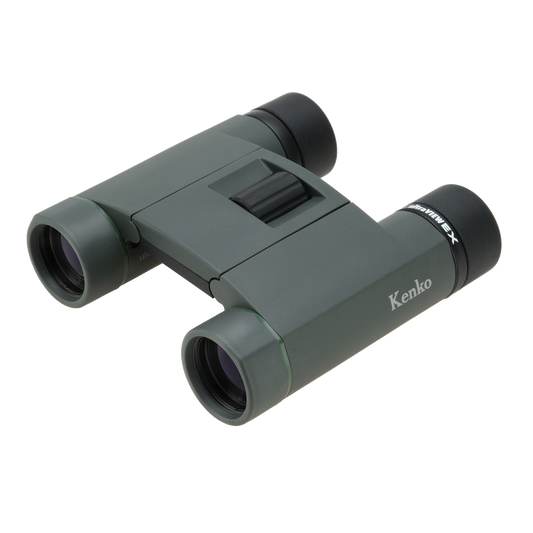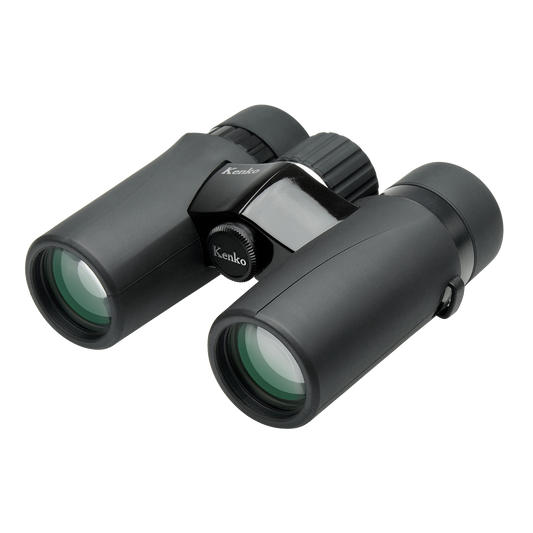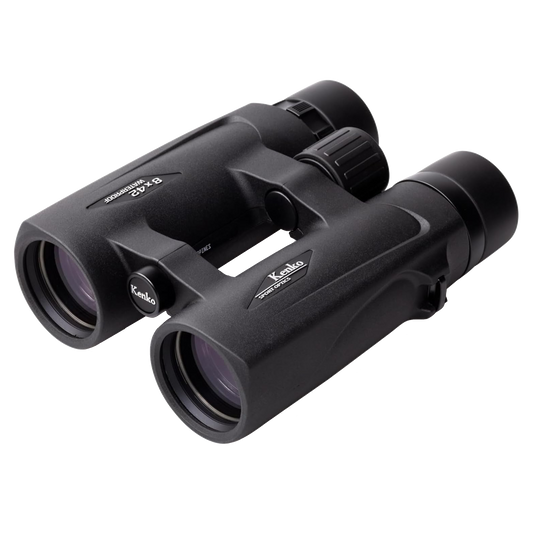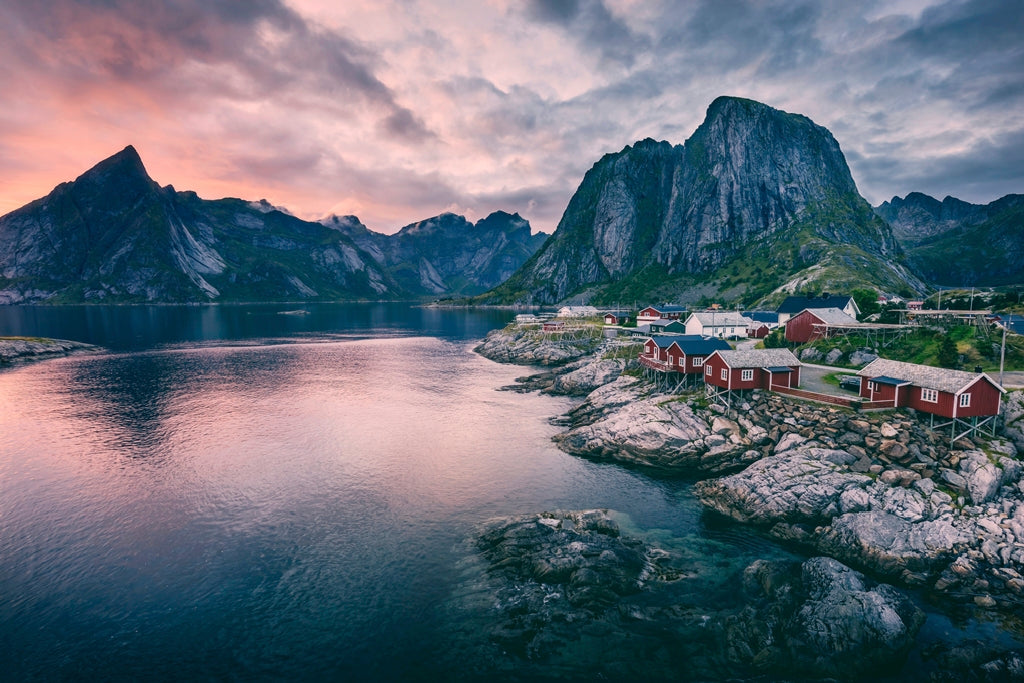
Landscape Photography: 5 Underrated Ways to Improve Your Photos

Photo by Yuriy Garnaev on Unsplash
Landscape photography, like any other type of photography, is one that requires us to continually learn and grow behind the lens.
There is always something to learn, new techniques to try, and unique ways to improve our photos.
There are a zillion landscape photography tips out there, but rather than rehash the same old ones about using leading lines and the rule of thirds, let’s discuss five underrated ways to improve your landscape photography.
Landscape Photography Tip: Use Filters

photo by anyaberkut via iStock
While we have very powerful post-processing tools at our disposal that can help correct a myriad of problems with our photos, they can’t match the quality of performance you get from using lens filters.
By using lens filters, you exert much more precise control over how the final image looks and you do it in-camera. That means more time actually out amongst the beauty of nature and less time slumped over your laptop in your basement trying to get the same effects in post-processing. And that’s just one of the advantages of lens filters.

Photo by Pietro De Grandi on Unsplash
When it comes to filters for landscape photography, the first one you should buy is a circular polarizer.
A polarizer is unique in that it improves your images in a myriad of ways. Polarizers:
- Reduce glare off of water and other non-metallic surfaces, which allows the viewer to see the fine details of the shot (like what’s below the surface of the water).
- Reduce atmospheric haze, which makes distant landscape features look crisper (and less blue).
- Boost contrast in the sky, which makes the atmosphere a deeper blue and the clouds a brighter white.

But not all polarizing filters are alike. You want one that is crafted of polished glass so the results you get are clear and sharp. Likewise, you want to ensure the filter housing is slim, otherwise it could cause vignetting when shooting with a wide-angle lens.
The best filter I’ve found to resolve these issues is the Kenko Nyumon Circular Polarizing Filter shown above.
I’ve been impressed with its build quality and durability as I’ve used it in various landscape situations. The Japanese polished glass gets me the results I want, the filter is easy to manipulate in its housing, and the slim filter ring means there’s no vignetting, either.
Best of all, this filter is inexpensive, so you get the advantage of a high-quality filter without having to pay out the nose for it. What’s not to like about that?!
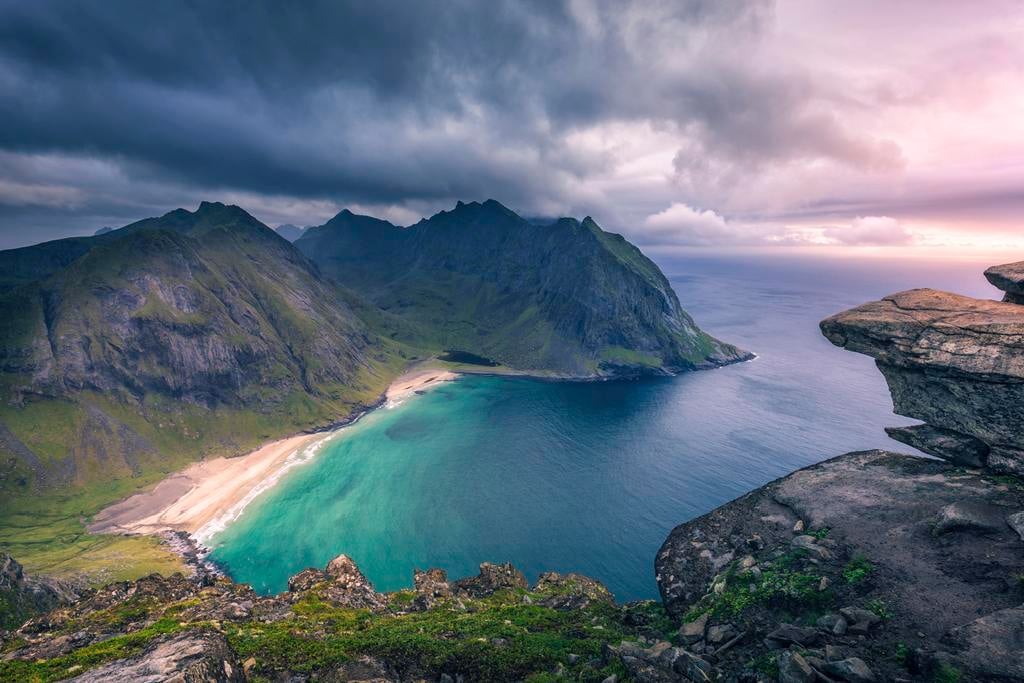
Photo by Yuriy Garnaev on Unsplash
Quick Tip: I’d also recommend you add a variable ND filter to your bag. What’s great about variable ND filters is that you can adjust its light-stopping power on the fly, so it’s like having a full ND filter kit in a single filter. That means you can slow the shutter speed just a little (as was done in the photo above) or a whole lot to change the effects of motion blur in your landscape photos. Learn why variable ND filters are better than fixed ND filters.
Learn More:
Landscape Photography Lens: Give a Telephoto a Try

photo by welcomia via iStock
Though it’s most common to use a wide-angle lens for landscape photography, there are plenty of reasons why you should add a telephoto lens to your camera bag, not the least of which is that you can create more interesting and unique images.
Because of the added reach of a telephoto lens, you can zero in on a small aspect of the larger landscape and highlight it in the shot.
By the same token, you can more easily exclude unwanted elements too. If you’ve ever been to Yellowstone in the summer, you know the value of being able to frame people and cars out of your shots.

photo by HansUntch via iStock
Likewise, telephoto lenses compress the scene, so that distant mountain that looks so small in your wide-angle shot now become a much more impressive, frame-filling element, as shown above.
You don’t need a super telephoto lens, either. A 70-200mm lens will work great for many applications, particularly if you shoot with an APS-C camera as the crop factor will extend the reach of the lens.

photo by GoodLifeStudio via iStock
There are many Canon telephoto lenses, Nikon telephoto lenses, Sigma telephoto lenses, and you can even get a telephoto lens for iPhone, so it’s not like there isn’t a huge selection of lenses that you can try for your particular camera.
There is an art to using a telephoto lens for landscape photography, though. Learn a few tips and tricks to help you out.
Learn More:
Cropping a Photo Can Do Wonders for Its Quality

Photo by Marco Bonomo on Unsplash
When people think of ways to improve their landscape photos, I’m not sure they have the photo cropping tool high on their list.
That’s a mistake, though, because photo cropping can have a significant, positive impact on how the image looks, even though it’s a very basic tool and process.
Much like using a telephoto lens, learning how to master the cropping tool allows you to highlight certain features in the landscape and exclude unwanted features.
Quick Tip: Using photo cropping software like Lightroom or Photoshop can also help you make gains with your landscape photography composition skills. By experimenting with how you crop, you can develop an improved eye for framing, which can help you create much-improved landscape compositions. Nigel Danson explains how in the video above.
Learn More:
Landscape Photography Composition Tip: Highlight Patterns

photo by JayKay57 via iStock
As noted earlier, there are loads of photography composition techniques and photography composition rules you can use to enhance the quality of your photos.
But there are more elements of composition in photography than using leading lines or the rule of thirds or a frame within a frame.
Using patterns in your landscape compositions is a great way to increase the visual appeal of the shot because our eyes and brains naturally like patterns.
The repetition of shapes, colors, patterns, and textures is pleasing to the eye, and these things occur in nature all the time.
When you come upon a scene, take a moment to survey it and see if there are any patterns that you can exploit to create a better photo.

Photo by Johannes Plenio on Unsplash
Conversely, breaking up patterns can also lead to a better composition.
Above, the linear pattern created by the tree trunks is nice to look at, but the addition of the sun flare to break up that pattern leads to a more compelling shot.
Adding that brightness and the shafts of light filtering through the trees helps our eyes gravitate deeper into the shot toward the sun. In that regard, breaking up the pattern by using light serves the same effect as a leading line - it helps connect the foreground, midground, and background and gives the image a greater sense of depth.
Learn More:
- 3 Landscape Photography Tips You Aren’t Using, But Should
- Composition Tips for Landscape Photography
Advanced Landscape Photography: Use Color Theory

photo by focusstock via iStock
When creating your landscape photo, it’s obviously important to concentrate on the composition, on using light and shadow to create interest, and having a strong subject.
But don’t discount color wheel theory as being a highly useful tool for making beautiful photos.
If you recall back to your elementary school art class, a color theory definition might have been the use of color to improve how something looks.
In landscape photography, you might try to use complementary colors - the ones on opposite sides of the color wheel - to create contrast that’s pleasing to the eye.
For example, blue and orange are complementary colors, and the coolness of the blue and the warmth of the orange make for a fantastic combination. That’s why sunsets are so pretty!
Likewise, purple and yellow and red and green can be used as the basis of eye-catching color schemes in your photos.
Get a detailed tutorial on color theory basics and using color theory in landscape photography in the video above by Dave Morrow. You can also purchase this color theory book to get additional details.
Learn More:
Originally posted on PhotographyTalk.com.


